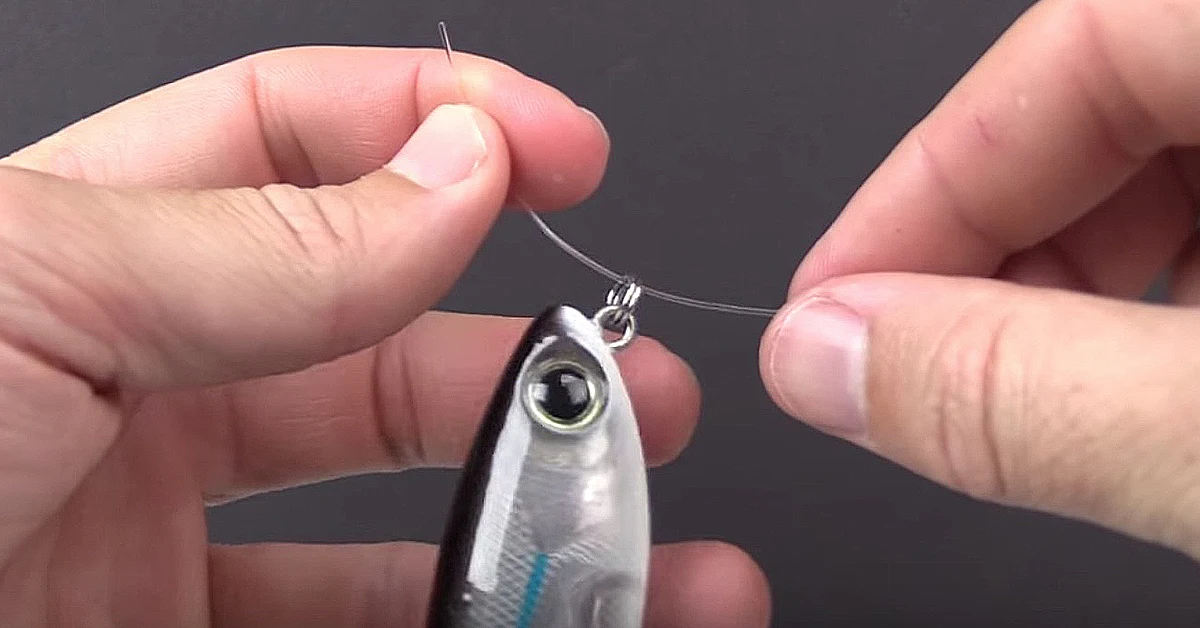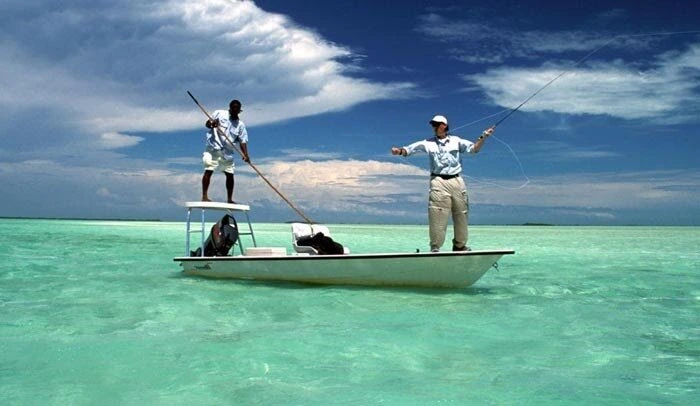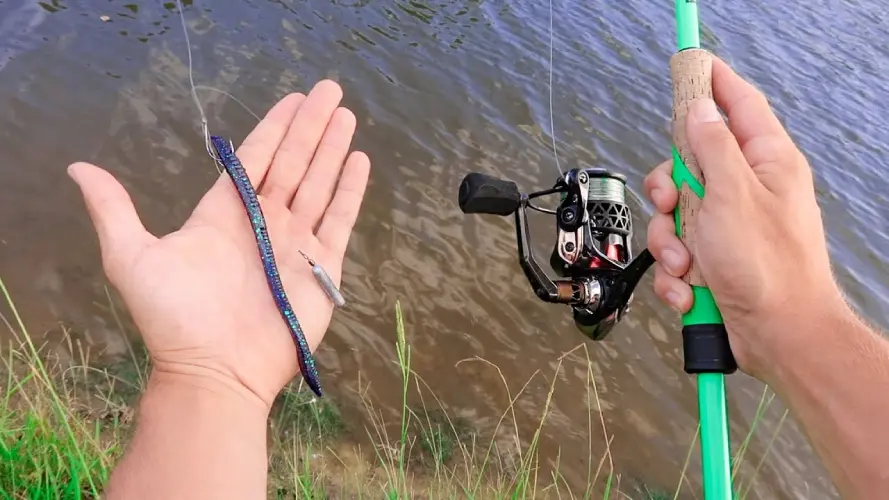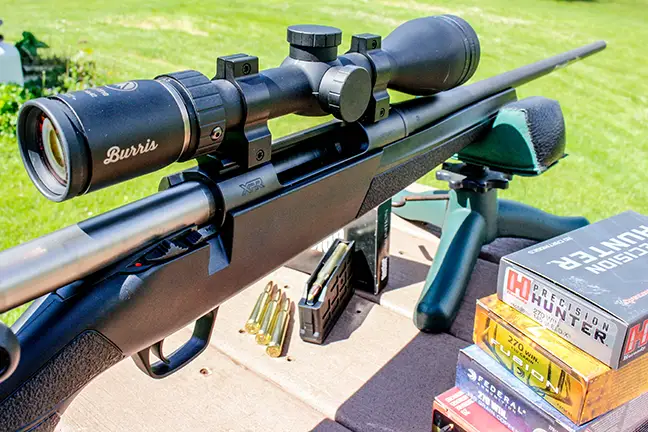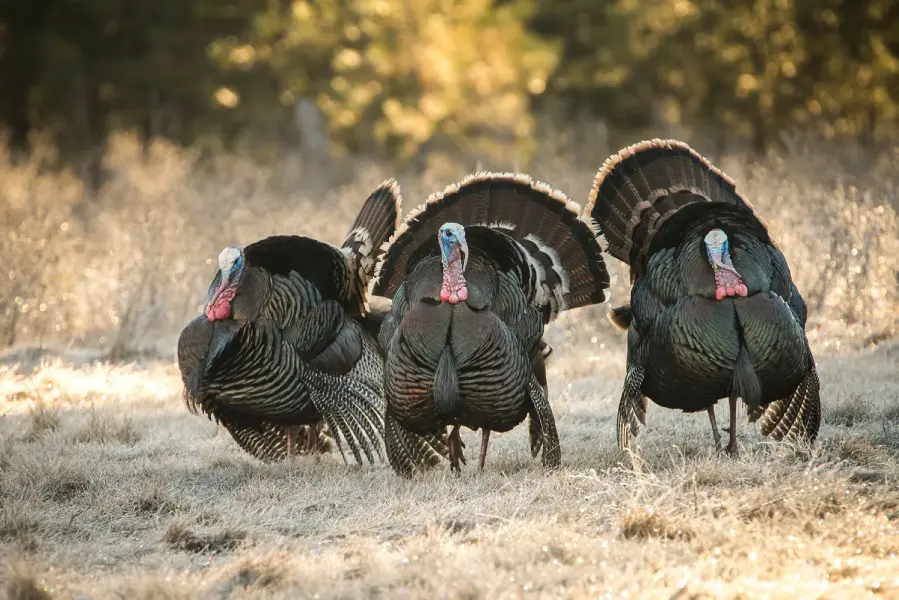Introduction
Freshwater fishing is a popular recreational activity enjoyed by millions of anglers worldwide. Whether you’re targeting bass, trout, pike, or any other freshwater species, knowing how to tie effective knots and set up rigs is crucial for success. In this article, we’ll explore some of the essential freshwater fishing knots and rigs that every angler should be familiar with. From basic knots to specialized rigs, mastering these techniques will enhance your fishing experience and increase your chances of landing that prized catch.
I. Essential Fishing Knots
- Improved Clinch Knot:
- The improved clinch knot is one of the most widely used knots in freshwater fishing.
- It’s simple to tie and provides excellent strength and reliability.
- Suitable for securing hooks, lures, and swivels to the fishing line.
- Palomar Knot:
- The palomar knot is known for its exceptional strength and is easy to tie even in low-light conditions.
- Ideal for attaching hooks, lures, and snaps to the line.
- Well-suited for braided lines due to its ability to maintain a high breaking strength.
- Uni Knot:
- The uni knot, also known as the Duncan loop, is versatile and strong.
- It can be used to attach hooks, swivels, and lures to the line.
- Additionally, it’s useful for joining two lines together, creating a leader or a loop.
II. Fishing Rigs
- Carolina Rig:
- The Carolina rig is a popular setup for targeting bottom-dwelling fish like bass.
- It consists of a sliding sinker, a bead, a swivel, a leader, and a hook.
- Allows the bait to move freely while keeping the weight on the bottom.
- Texas Rig:
- The Texas rig is a versatile setup used for fishing in heavy cover, such as weeds or rocks.
- It involves a bullet weight, a hook, and a soft plastic bait.
- The weight is inserted into the bait, making it weedless and snag-resistant.
- Drop Shot Rig:
- The drop shot rig is highly effective for finesse fishing and targeting suspended fish.
- It involves a weight tied at the end of the line, with the hook tied above it.
- The bait is presented above the weight, enticing fish to strike.
III. Specialized Freshwater Rigs
- Bobber Rig:
- The bobber rig, also known as a float rig, is popular for fishing with live bait.
- It consists of a bobber, a leader, a hook, and bait.
- The bobber keeps the bait at a specific depth, making it visible and preventing it from sinking.
- Spinner Rig:
- The spinner rig is an excellent choice for targeting predatory fish such as pike or muskie.
- It incorporates a spinner blade, beads, a swivel, a leader, and a hook.
- The spinning blade creates flash and vibration, attracting fish to the bait.
- Jigging Rig:
- The jigging rig is commonly used for vertical fishing and jigging motions.
- It comprises a jig head, a soft plastic or metal bait, and a leader.
- By imparting a jerking motion to the line, the angler can simulate the movement of prey, enticing strikes.
Conclusion
Mastering freshwater fishing knots and rigs is essential for any angler seeking success on the water. The knots mentioned in this article provide the foundation for secure connections between your fishing line, hooks, and lures.
![]()

